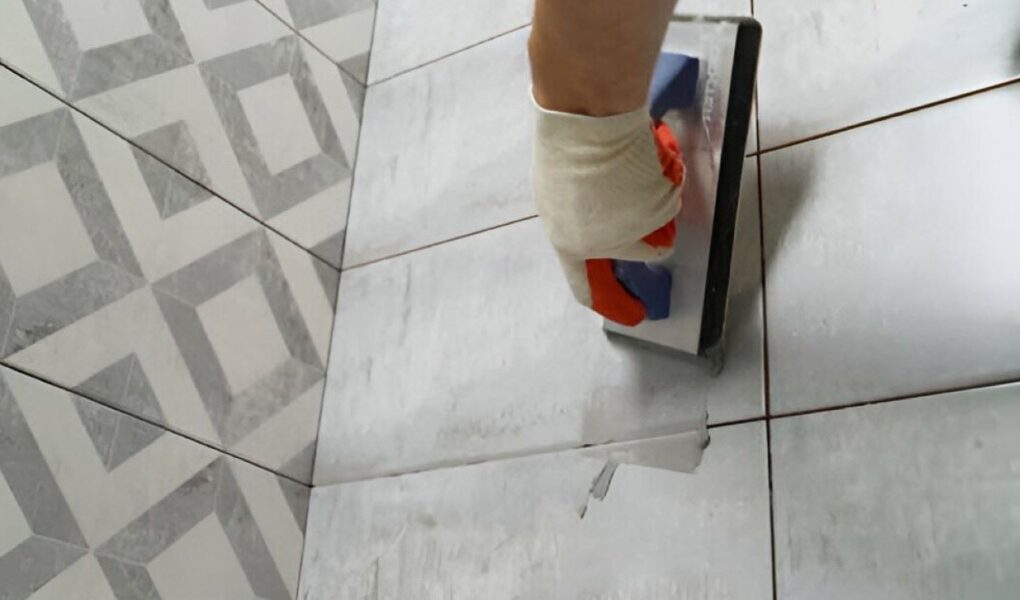Stone tile flooring enhances any home with natural beauty and durability, but sealing and maintenance are key to its longevity. Its porous nature can lead to moisture, dirt, and stains without protection. A quality sealant helps resist wear and damage.
In this guide, we’ll walk you through the essential steps to seal and protect your stone tile flooring. From choosing the right sealant to regular maintenance, these tips will help keep your floors in excellent condition for years to come.
Choosing the Right Sealant
Selecting the appropriate sealant for your stone flooring is the first step to proper protection. Different stones like marble, travertine, slate, and granite need specific sealants based on porosity and finish. A penetrating sealant offers lasting protection by absorbing into the material.
On the other hand, a topical sealant creates a protective layer on the surface, offering additional resistance against stains and moisture. Consider the location of your stone flooring and the level of exposure to spills and foot traffic when choosing the right sealant for your needs.
Cleaning the Surface Before Sealing
Before applying a sealant, it’s crucial to thoroughly clean your stone tile flooring. Dirt, dust, and grease can get trapped under the sealant, leading to an uneven application and a less effective protective barrier. Use a pH-balanced stone cleaner to remove any buildup and let the surface dry completely before proceeding.
If your stone tiles have existing stains, consider using a specialized stain remover before sealing. Proper cleaning ensures that the sealant adheres well to the surface and provides maximum protection against future damage.
Applying the Sealant Properly
Once the surface is clean and dry, you can begin the sealing process. Apply the sealant evenly using a soft cloth, sponge, or paintbrush, ensuring complete coverage. Allow the sealant to penetrate the stone for the recommended time, usually 10 to 15 minutes, before wiping off any excess.
For best results, apply multiple thin coats rather than a single thick layer. Allow each coat to dry completely before applying the next. This method helps create a stronger and more durable protective barrier against moisture and stains.
Regular Maintenance and Re-Sealing
Sealing your stone tile flooring is not a one-time process—it requires periodic reapplication to maintain its protective qualities. Resealing frequency depends on stone type and foot traffic. High-traffic areas may need sealing every 6–12 months, while low-traffic spaces last longer.
To test if your stone floor needs resealing, sprinkle a few drops of water on the surface. If the water is absorbed rather than beading up, it’s time to apply a fresh coat of sealant. Regular maintenance ensures that your flooring remains resistant to stains and moisture.
Protecting Your Stone Floors Daily
In addition to sealing, daily care and maintenance can significantly extend the life of your stone tile flooring. Use rugs or mats in high-traffic areas to minimize wear and tear. Avoid using harsh chemicals or acidic cleaners, as they can break down the sealant and damage the stone.
Sweeping and mopping regularly with a gentle, pH-neutral cleaner will keep your floors looking their best. Promptly clean up spills to prevent staining, and consider using furniture pads to prevent scratches. A combination of proper sealing and daily care will help maintain the beauty and durability of your stone flooring.
Conclusion
Sealing and protecting your stone tile flooring is essential to maintain its durability and natural elegance. Choosing the right sealant, applying it correctly, and following a consistent maintenance routine will ensure your floors remain in top condition.
With the right care, your stone flooring can withstand daily use while retaining its timeless beauty. By investing in regular sealing and protection, you can enjoy long-lasting, stunning stone floors for years to come.




